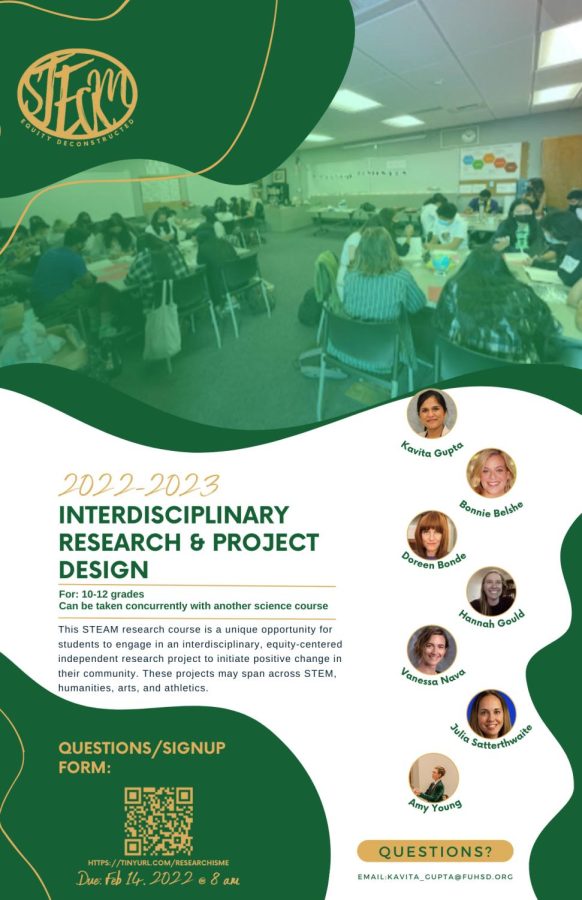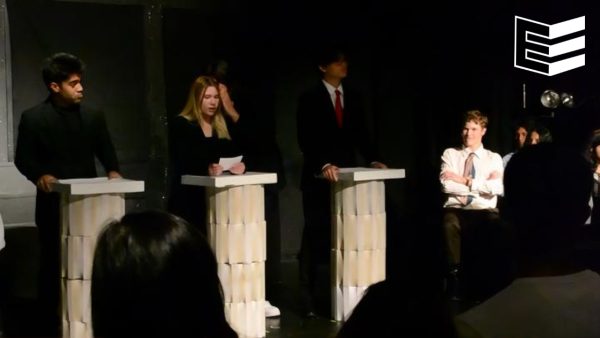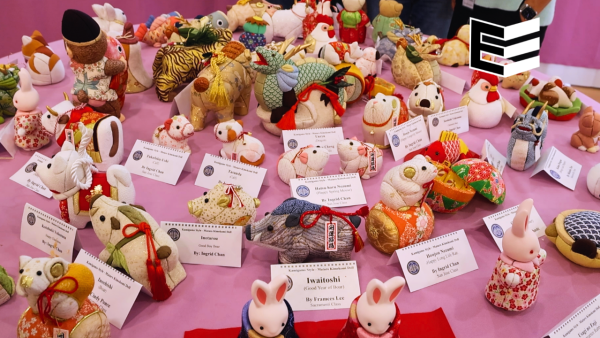What is Interdisciplinary Research and Project Design?
Equity Deconstructed rebrands and is accepting applications until Feb. 14
Interdisciplinary Research and Project Design
Official flyer for the Interdisciplinary Research and Project Design course, applications due Feb. 14.
Interdisciplinary Research and Project Design, a non-departmental course, was previously named STEM Research (2011-2020) and Equity Deconstructed (2020-2021). However, class facilitator and FUHSD Science Curriculum Lead Kavita Gupta describes how students in the course decided “Interdisciplinary Research and Project Design” to be a more accurate and concise description of the course.
This year is Gupta’s first year facilitating the class, despite having been a teacher for 25 years. In the 10 unit course, students have their own research projects and are expected to spend about 60 hours per semester (three to four hours per week) on them. In addition, students are enrolled in Foothill College as part of the class.
Junior June Wang, who’s currently researching teenage inequities in nutrition based on socio-economic status as her project, believes that the class offers substantial resources to help students on their research.
“We have [seven] teachers spanning so many different departments at Monta Vista from science all the way to the humanities,” Wang said. “So no matter your interest, you will have someone who is an expert in the field to guide you throughout your projects. Besides the MVHS connections, there are also external ones. My mentor is currently at the UC Berkeley School of Public Health, [so] there’s nothing short of professional advice to fall back on as well.”
While the class follows Stanford Design School’s Empathy Design Framework, students are allowed to decide their own topics to research. Junior Sydney Stevens, whose project is about helping underserved communities in San Jose, finds the course “unique in that it’s mostly self-driven.”
“Most classes require a certain structure, a curriculum that you have to follow,” Stevens said. “[But in Interdisciplinary Research and Project Design] you’re learning about something that you really are passionate about, and you don’t really get that anywhere else.”
Although each student is doing individual work in the course, Stevens feels that collaboration is a major part of Interdisciplinary Research and Project Design and describes the class as a “community.” Her favorite part of the class are the “inventor igloos,” in which students build community by standing in a circle to share ideas and collaborate on activities.
Wang agrees with Stevens and believes the course is better described as a community than a class. Halfway through the school year, Wang is “really happy” with the course and highly recommends students to apply.
“11 out of 10,” Wang said. “ I would recommend people to apply for the course because of the change in mindset and the personal growth experience [the course provides]. Being able to connect with others, hear their problems and work to solve them is something that I believe everyone should have the skills and knowledge to do in a hands-on manner.”
The application form for the course is due Feb. 14 approximately 24 spaces are available for next year’s cohort. For more information, read the course document and the student-made mid-year newsletter.












